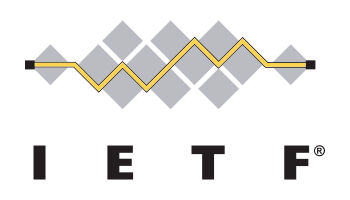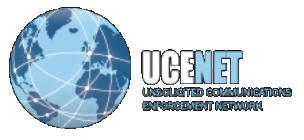Today, we open our look back at the past decade in spam with the year 2000.
Y2K is possibly best described as the year the Mail Abuse Protection System got sued. A lot. MAPS, as many will remember, was the preeminent anti-spam blacklist at the time, in use by many major receiving sites, and they took some controversial steps to block some major email senders of the day, who in turn, launched lawsuits to prevent that from happening.
As well, some state and federal laws came up for consideration or were struck down in the United States, Hotmail deployed a 'This is Spam' button, and Ferris Research made a fearless prediction.
January 2000
DMA launches e-MPS – a 'do not spam' list of email
addresses. CAUCE and other anti-spam groups decry
the service as useless window dressing intended to placate
legislators with ostensible industry
self-regulation and stave off legislation. In case anyone is
keeping score, CAUCE was right, the D.M.A. very wrong.
February 2000
St.
Kitts & Nevis diplomat Jonathan Randall Curshen arrested and
charged by U.S. Securities and Exchange Commission with spam-based pump
& dump stock manipulation.
The cases were eventually tried in 2003 and 2006, and settled in
03/2009.
James Sheret Jr. and Glenn Conley charged by U.S. Securities and
Exchange Commission with spam-based pump & dump stock manipulation
with phony "AOL Investment Snapshot" branding.
March 2000
Federal bill HR 3113 Unsolicited Electronic Mail Act of 2000 introduced to congress with companion bill S. 2542 Controlling the Assault of Non-Solicited Pornography and Marketing Act of 2000. Neither passes into law.
Washington state anti-spam law ruled to be violating the U.S. constitution, the case against Jason Heckel (dba Natural Instincts) was dismissed; the decision was eventually reversed.
Hotmail deploys inbox spam filtering
A survey revealed that Internet users did not trust marketers to self-regulate against spam (not much has changed, since)
April 2000
China noted to be a worrisome new source of spam.
May 2000
The ILoveYou virus was launched, it eventually infected 10% of all computers on the 'net.
A Tidbits.com survey finds 7% of respondents receive more than 71 spam messages per week, 40 percent receive 10 or fewer spam messages in the same time period.
June 2000
Colorado bill HB 1309 "Colorado Junk Email Law" becomes state law.
The California state anti-spam law ruled is ruled unconstitutional in the Ferguson vs. Friendfinder suit.
Denmark passes a national anti-spam law.
July 2000
Harris Interactive files a law suit against AOL, HotMail, MSN, Qwest, and several other ISPs for blocking HI email, citing use of Mail Abuse Prevention System (MAPS) Real-time Blacklist (RBL).
Yesmail files suit, gets a restraining order against their inclusion on the MAPS RBL.
August 2000
Yesmail & MAPS arrive at a mutual agreement, lawsuit withdrawn
Symantec invests $18 million in spam-filtering company Brightmail
September 2000
Harris Interactive settles law suit against AOL, HotMail, MSN, Qwest, et al.
October 2000
The U.S. Federal Trade Commission sends letters to 1,000 spammers, warning their chain letter spam scheme was illegal and instructing them to stop promoting their chain letters, to return any money they had received by participating in the program, and to forward a copy of the FTC's warning letter to everyone they had spammed.
November 2000
Newly formed anti-spam organization Spamhaus exposes AT&T Pink Contract with Nevada Hosting. Nevada subsequently refused service.
24/7 Media sues MAPS, wins Temporary Restraining Order, preventing blacklisting of their IPs.
December 2000
Media3 Sues MAPS for RBL Listing
Register.com wins a lawsuit against Verio over Verio's spamming of email contacts in WHOIS records.
Verizon was taken offline briefly by spam.
Ferris Research predicts in Businessweek:

















